Contents
Guide
Pagebreaks of the print version


Copyright 2022 by Emily Calandrelli.
All rights reserved. No part of this book may be reproduced in any form without written permission from the publisher.
Library of Congress Cataloging-in-Publication Data available.
ISBN 978-1-7972-1622-5 (Hardcover)
ISBN 978-1-7972-1623-2 (ebook)
Design by Erin Jang.
Illustration by Cachetejack.
Typesetting by Sandy Lynn Davis. Typeset in Avenir, Belizio, Futura Round, GT Maru, GT Ultra, GT Walsheim, Gordon, Too Much Opaque, Gooper, Juniper, Poplar, and Village.

Chronicle Prism is an imprint of Chronicle Books LLC, 680 Second Street, San Francisco, California 94107
chronicleprism.com
For the kids who dream of becoming scientists

Table of Contents
Introduction
H ello, little scientists! Emily here. Welcome to Stay Curious and Keep Exploring , my book of experiments that are fun for the whole family. This book contains 50 of my favorite science experiments that you can all do together, usually with materials you already have at home!
Some of these experiments will POP, some will bubble over, some will GLOW in the dark, and some may be a little spooky! For each experiment, Ill tell you exactly what you need, and my little scientists and I will walk you through it step by step. You may need an official Lab Assistant (an adult) for some of them, so make sure you have one handy. Any experiment that requires adult supervision will say Lab Assistant (an Adult!) Required at the top.
As you flip through the pages, youll find that this book is filled with more than just science experiments. Youll learn answers to questions like, Why is ketchup so hard to get out of the bottle? and Why do my ears pop sometimes? Youll read about important women in science who changed the course of history, and youll be asked to create your own hypotheses about the experimentswhat do YOU think will happen? Look out for the words highlighted in yellow on each page. These are my favorite science words that Ive included in the Science Glossary in the back of the book. And, of course, Ill share some fun stories from my time on Emilys Wonder Lab!
I want this book to encourage you to stay curious about the world around you. I want you to ask questions, make hypotheses, and test your ideas in the real world. Keep exploring anything and everything around you. Science is so fun and exciting because its all about learning how the world works. What may seem like magic is actually science. And YOU can learn it all! This book will help you become a little scientist yourself. So, what do you say? Should we dive into the experiments? Lets go!

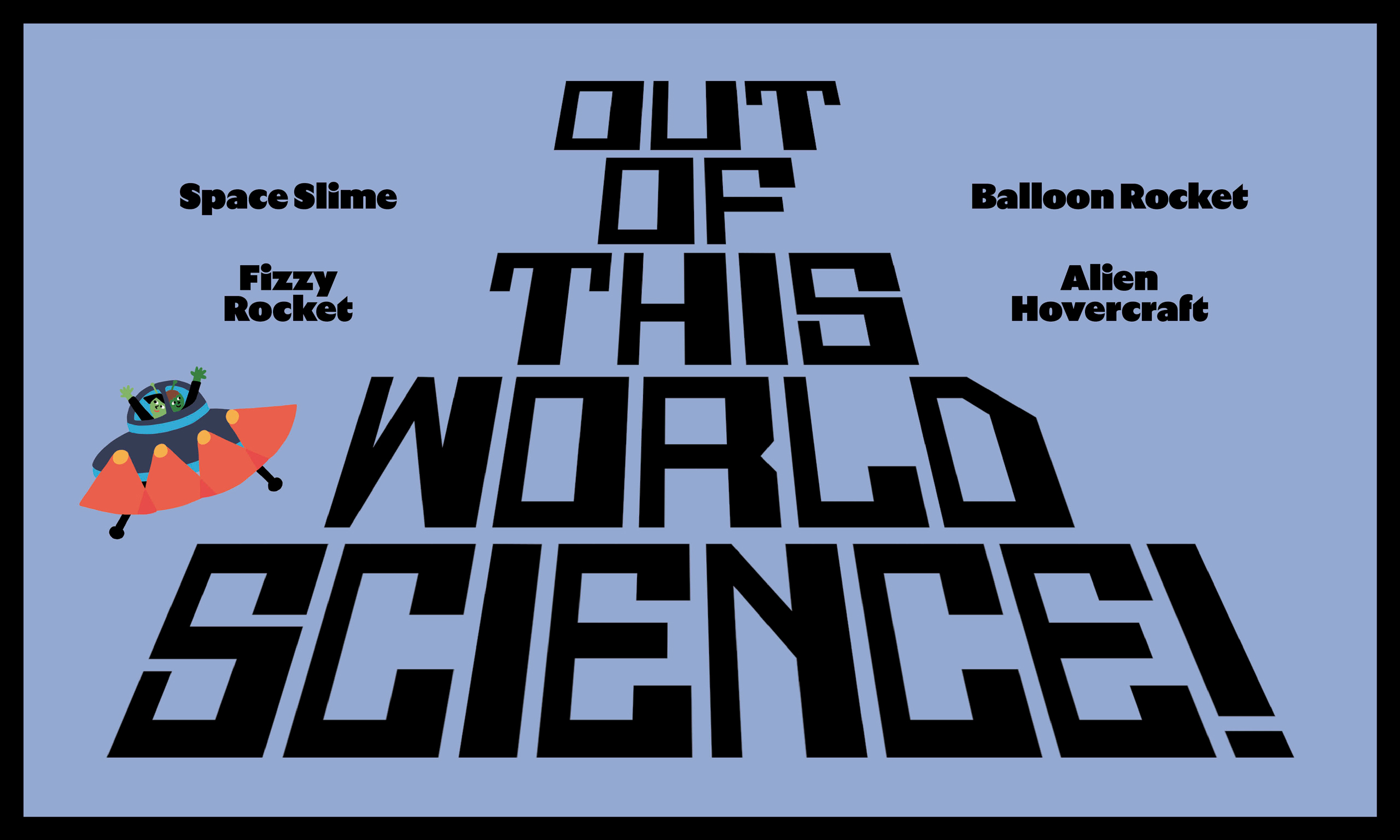
Space Slime
Since meteorites fall to Earth all the time, how do I know if a rock in my backyard is from outer space?
ABOUT THE EXPERIMENT
M eteorites do fall to Earth, but it is rare to find them in your backyard. However, if you do find a rock that you think might be a meteorite, you should grab a magnet to see if its attracted to it. Many meteorites come from asteroids, and many asteroids have a high percentage of iron in them. Iron in meteorites is attracted to magnets. So, if the magnet test works, you should contact your local museum and see if they might be able to verify whether or not you found a rock from space!
This experiment will show you how to make your very own slime from space! Well, it wont actually be from space, but it will be attracted to a magnet just like meteoritesand we can pretend, right?
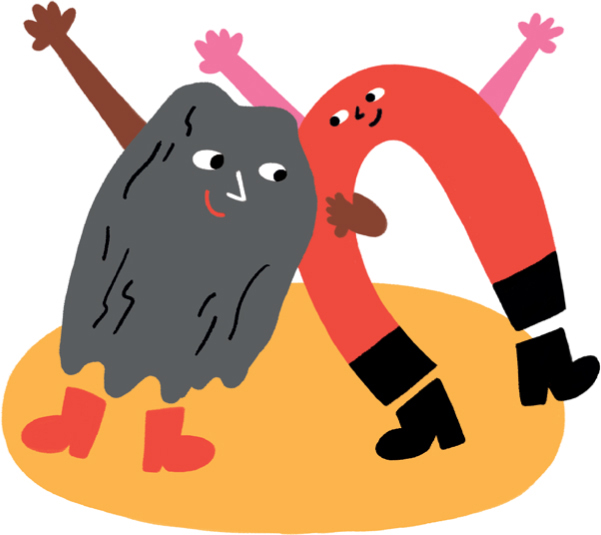

cup (80 ml) white glue
2 tablespoons water
teaspoon baking soda
Bowl
Spoon
2 tablespoons iron oxide powder
(you can buy this online)
tablespoon eye contact solution
(must contain boric acid and sodium borate)
A strong magnet
INSTRUCTIONS
- Pour the glue, water, and baking soda into your bowl and mix them together with a spoon.
- Use your spoon to mix in the iron oxide powder.
- Add the contact solution and stir again.
- Take your magnet and bring it close to your slime. Try to get within 1 inch (~2 cm), and then inch (~1 cm), and see if you can make your slime move to follow the magnet. Be careful not to get the slime on the magnet. Its not a big deal if you do, but it is a little hard to get off.

As you bring your magnet really close to your slime, you should see small parts of the slime move toward the magnet (not a lot of the slime, but a small amount right on the surface).
THE SCIENCE
 Whoa, this thing looks like an alien! Its aliveeeeee!
Whoa, this thing looks like an alien! Its aliveeeeee!
 It certainly looks that way, doesnt it?
It certainly looks that way, doesnt it?
 What is making it move around?
What is making it move around?
 The iron oxide we added to the slime is the secret ingredient. Iron is attracted to magnets. This is because when iron is in the presence of a magnetic field, the atoms start to align their electrons in the direction of that magnetic fieldthis temporarily makes the iron a magnet too. Then those two magnets (your iron and your other magnet) become attracted to each other.
The iron oxide we added to the slime is the secret ingredient. Iron is attracted to magnets. This is because when iron is in the presence of a magnetic field, the atoms start to align their electrons in the direction of that magnetic fieldthis temporarily makes the iron a magnet too. Then those two magnets (your iron and your other magnet) become attracted to each other.

The best way to hunt for meteorites is looking in places where a dark piece of rock would really stand out. If you go to an icy place like Antarctica or the middle of a light-colored, sandy desert and you see a dark, black rock just sitting on top of the land, chances are that rock came from space!



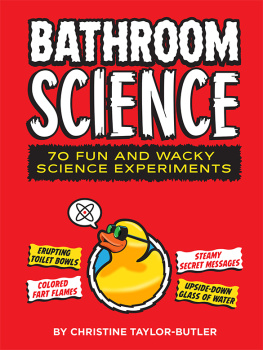

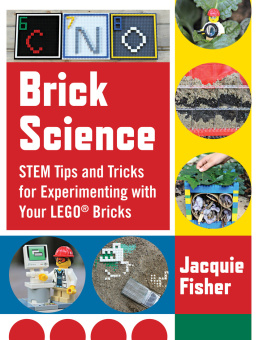
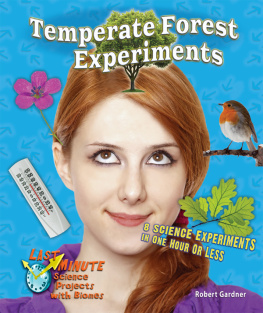
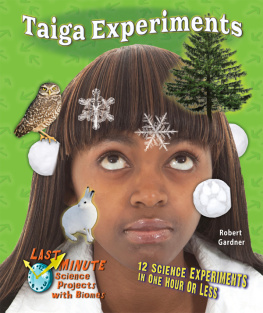


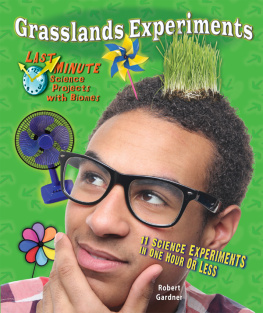

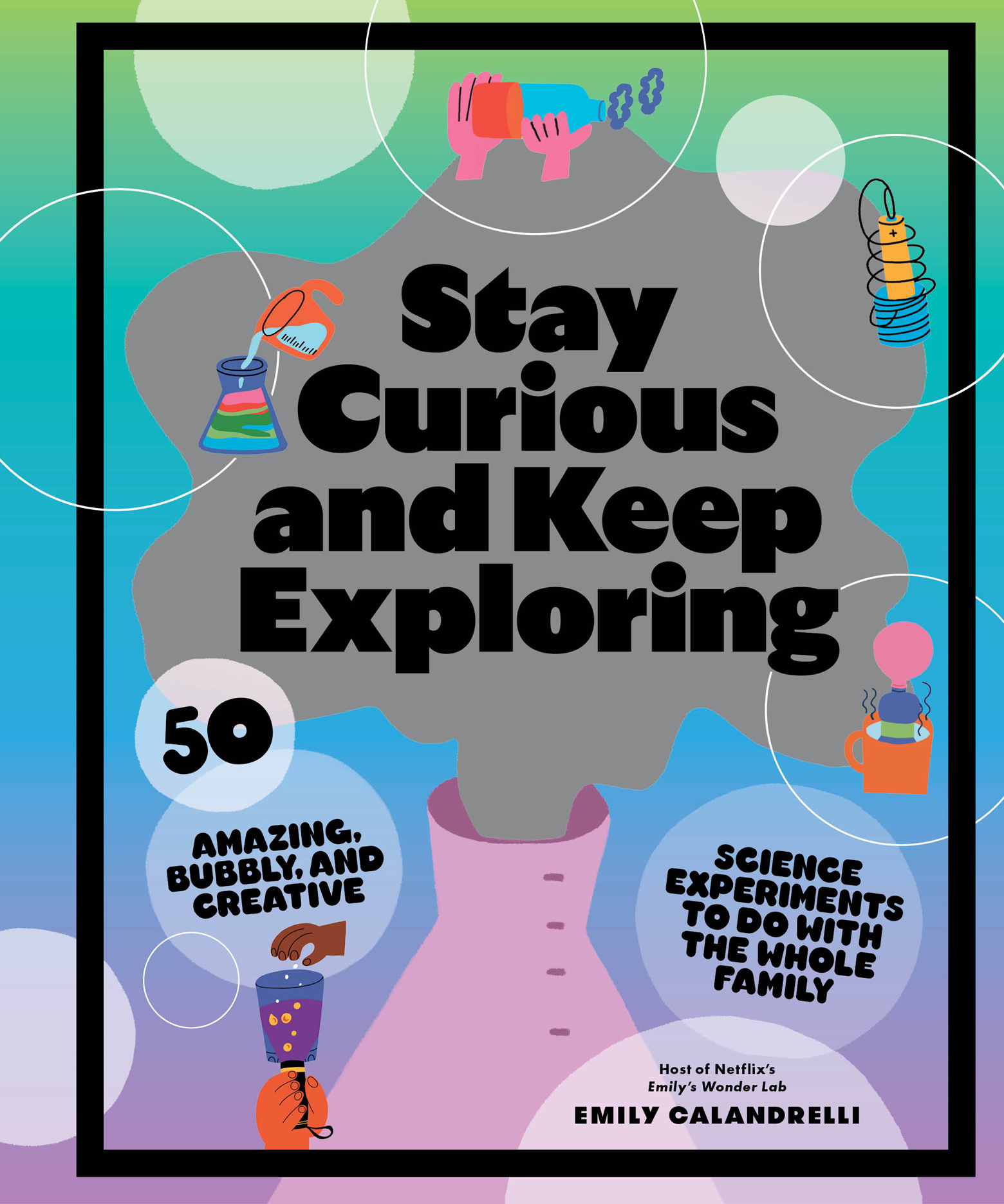









 Whoa, this thing looks like an alien! Its aliveeeeee!
Whoa, this thing looks like an alien! Its aliveeeeee! It certainly looks that way, doesnt it?
It certainly looks that way, doesnt it?